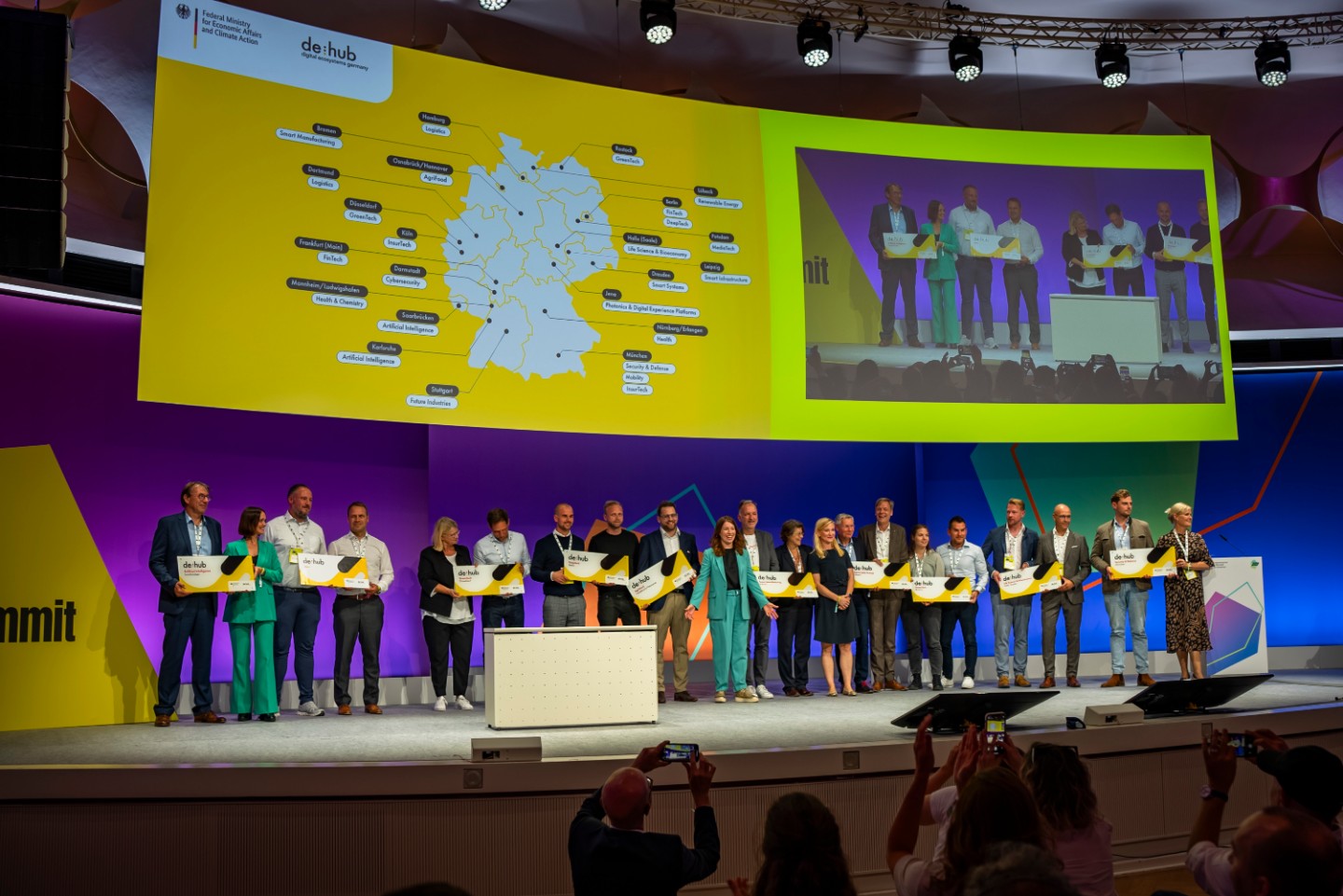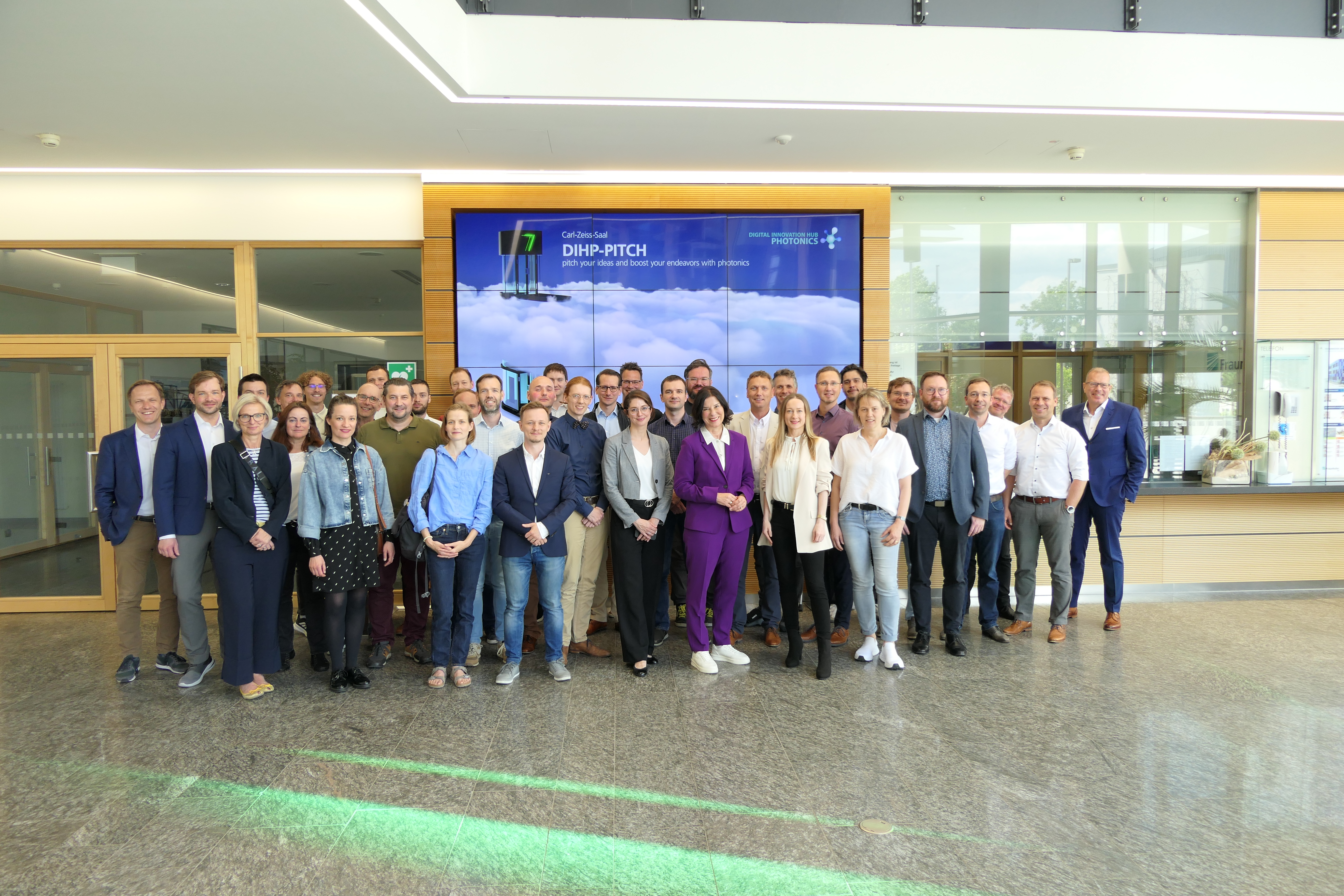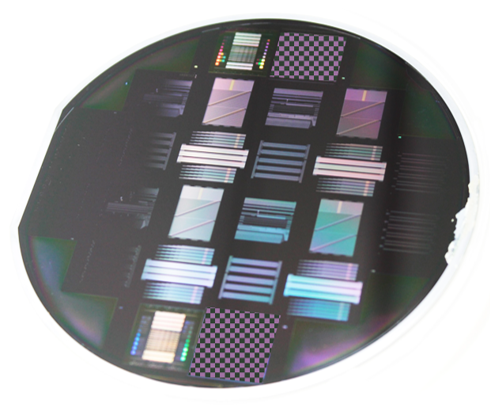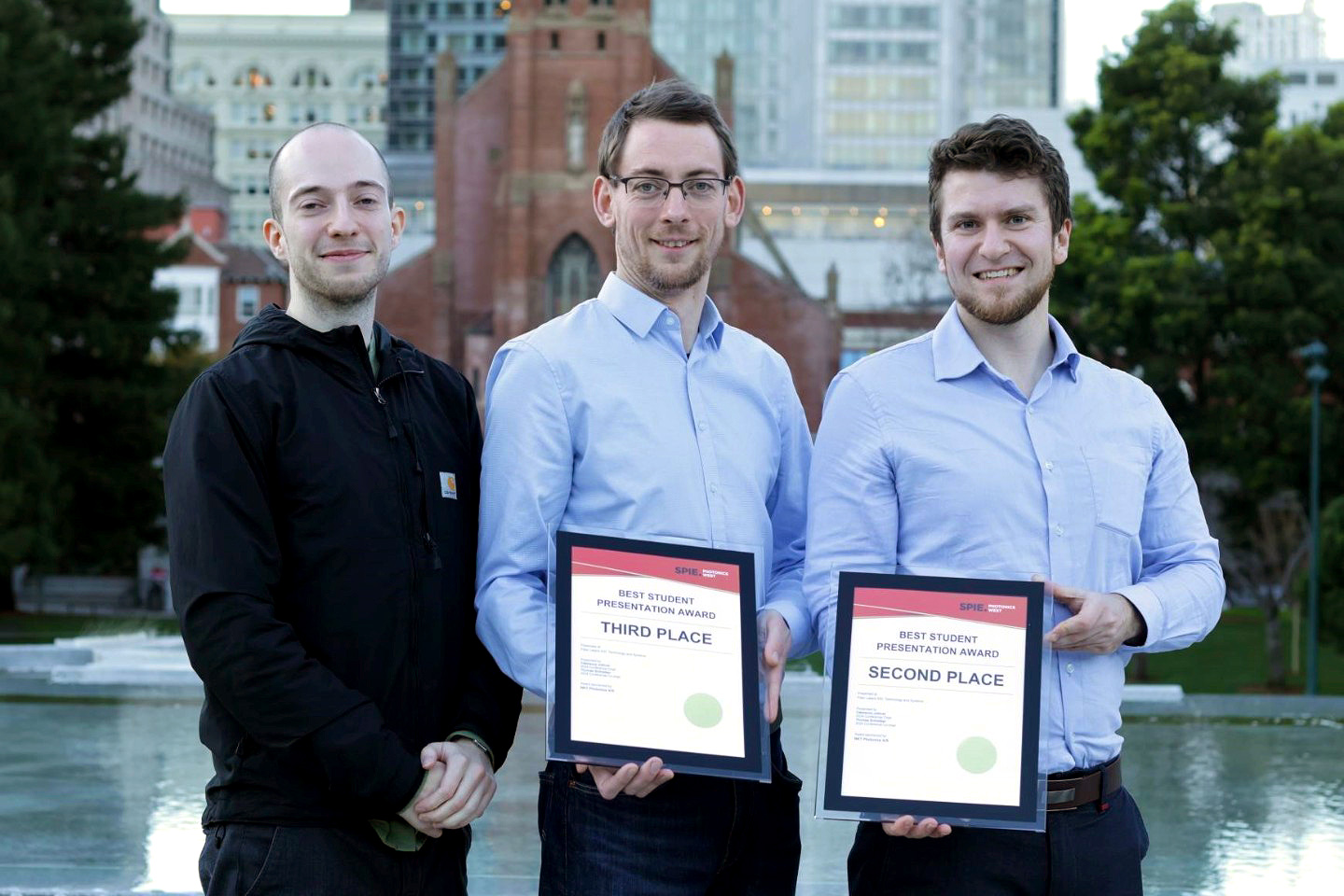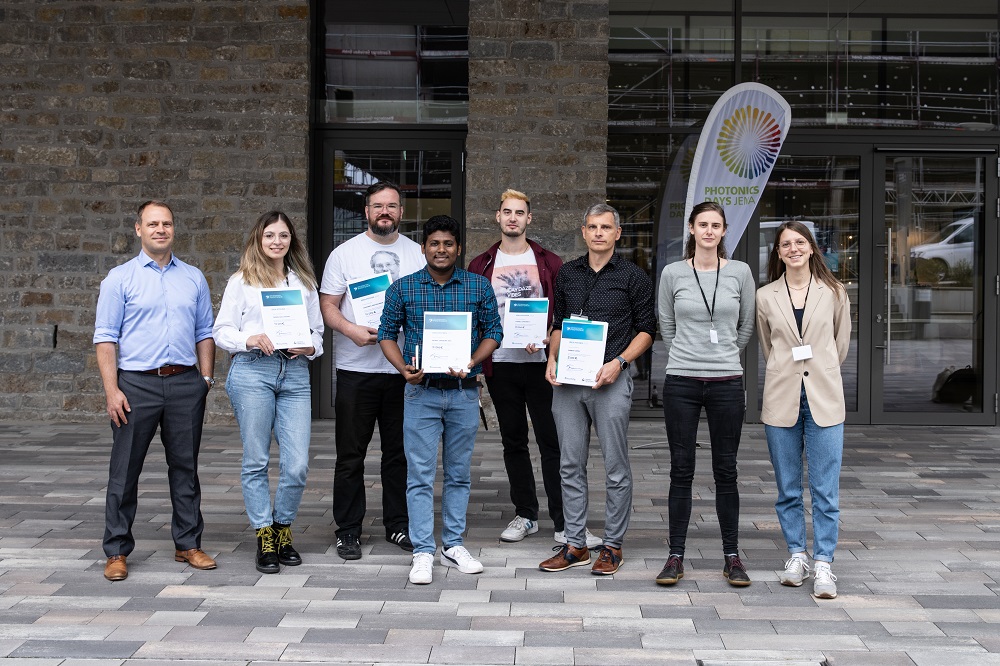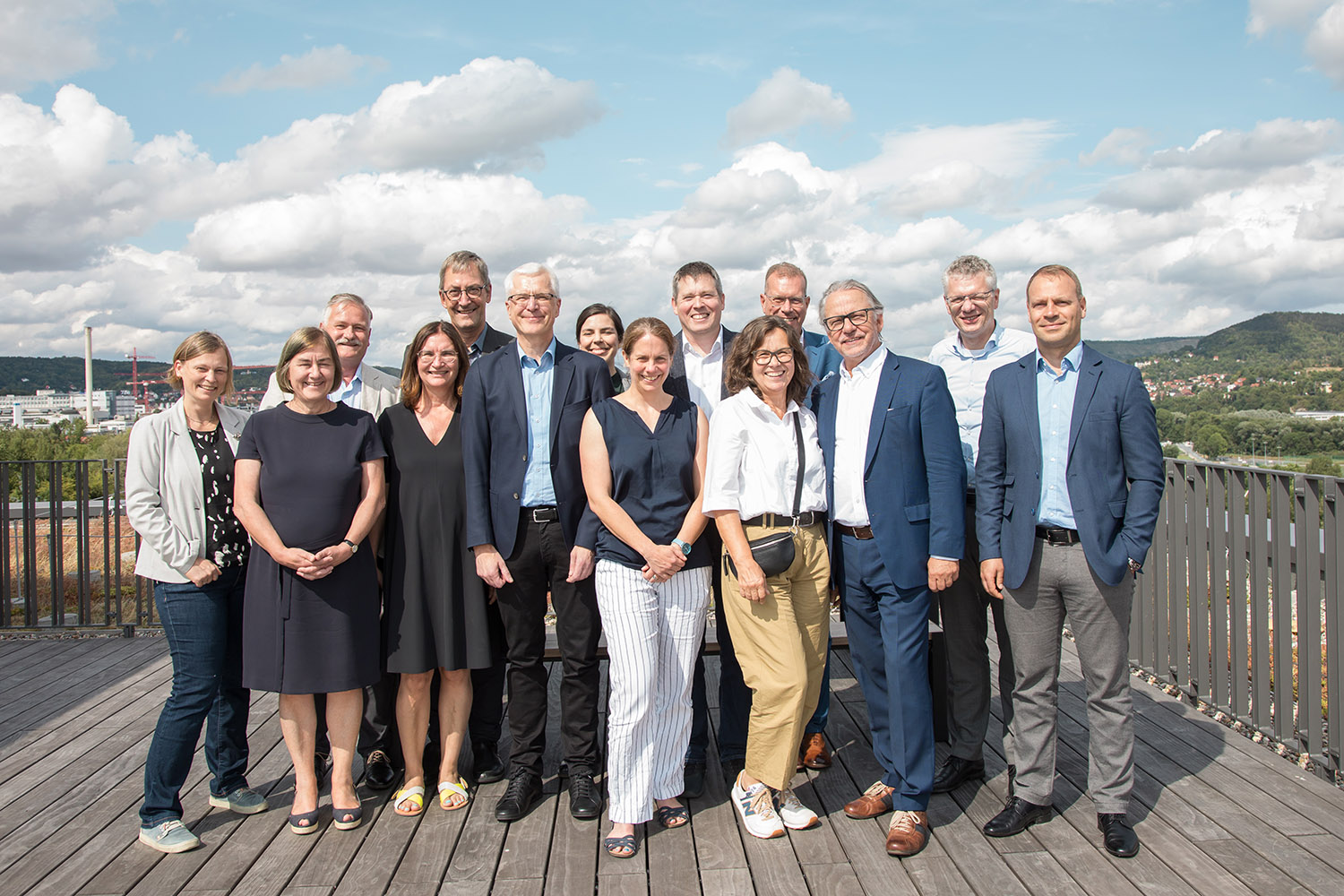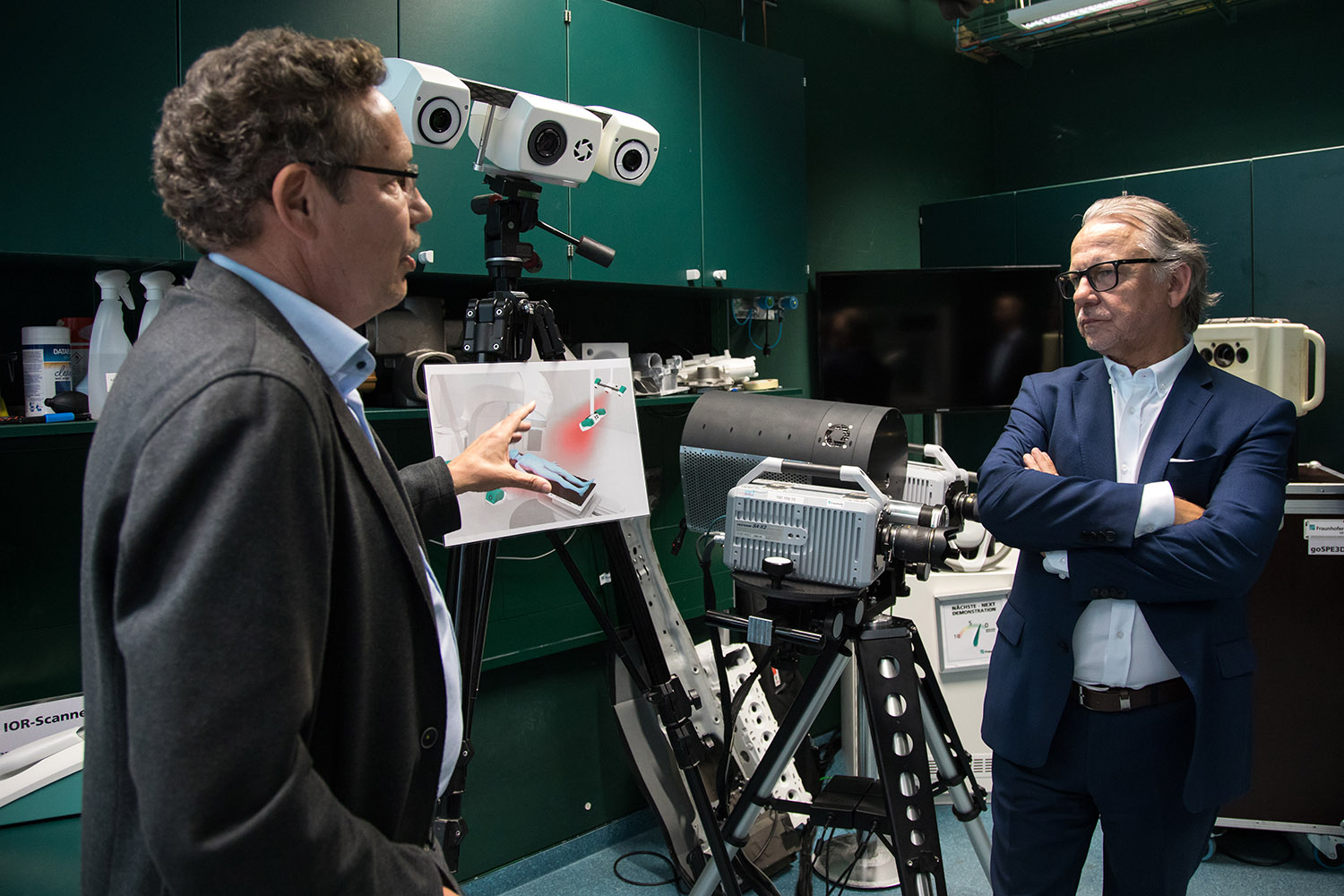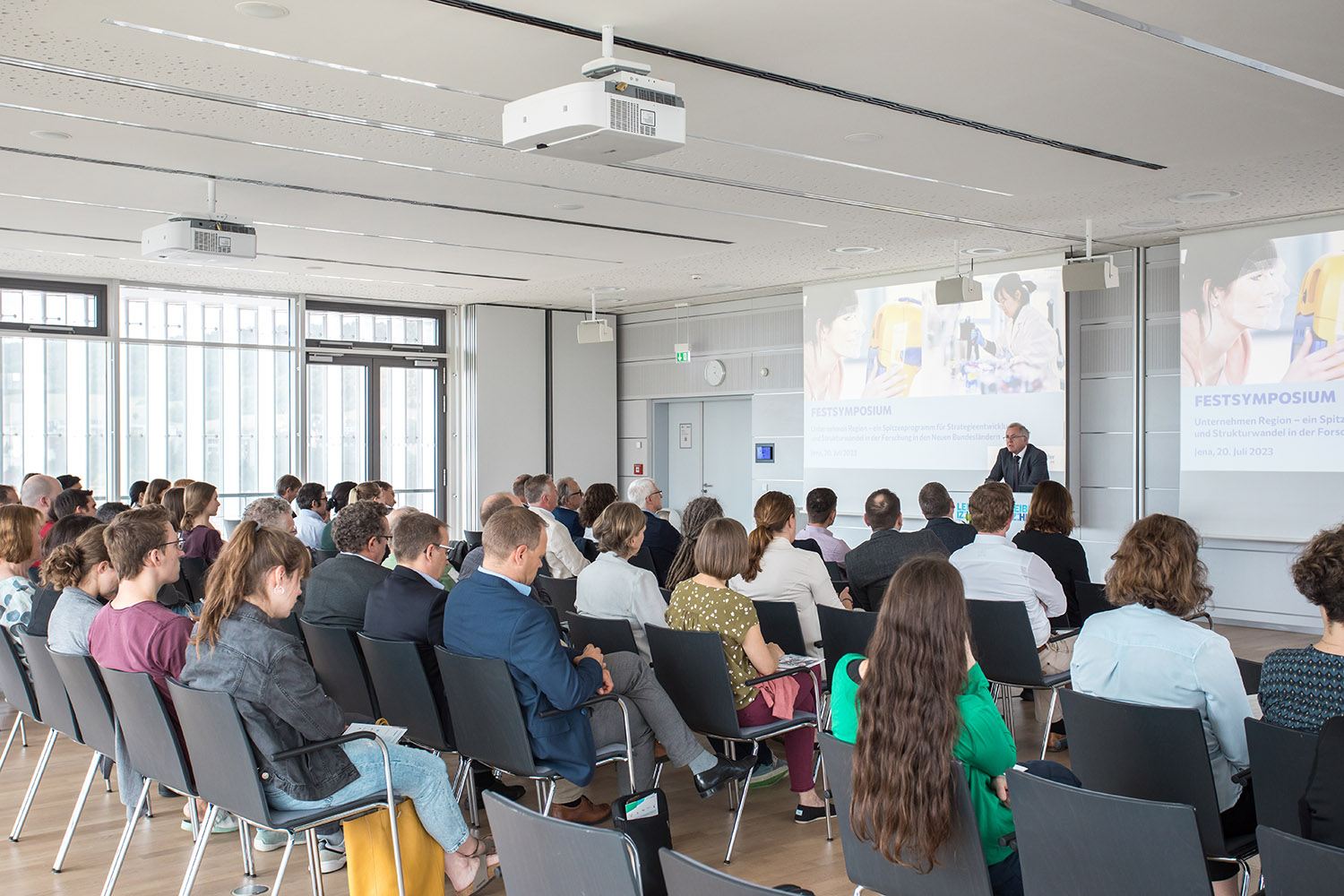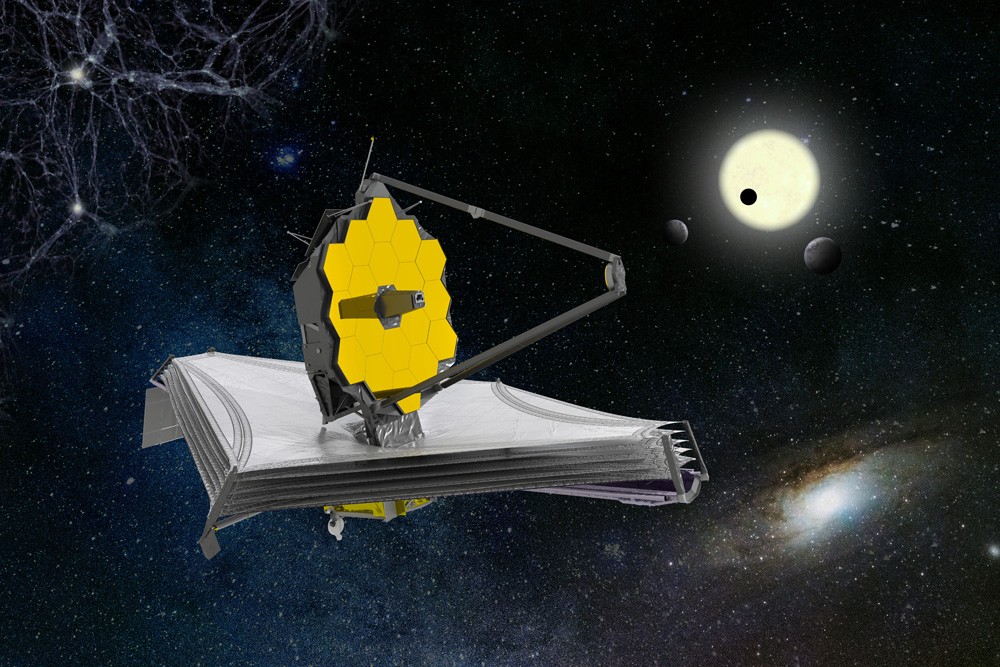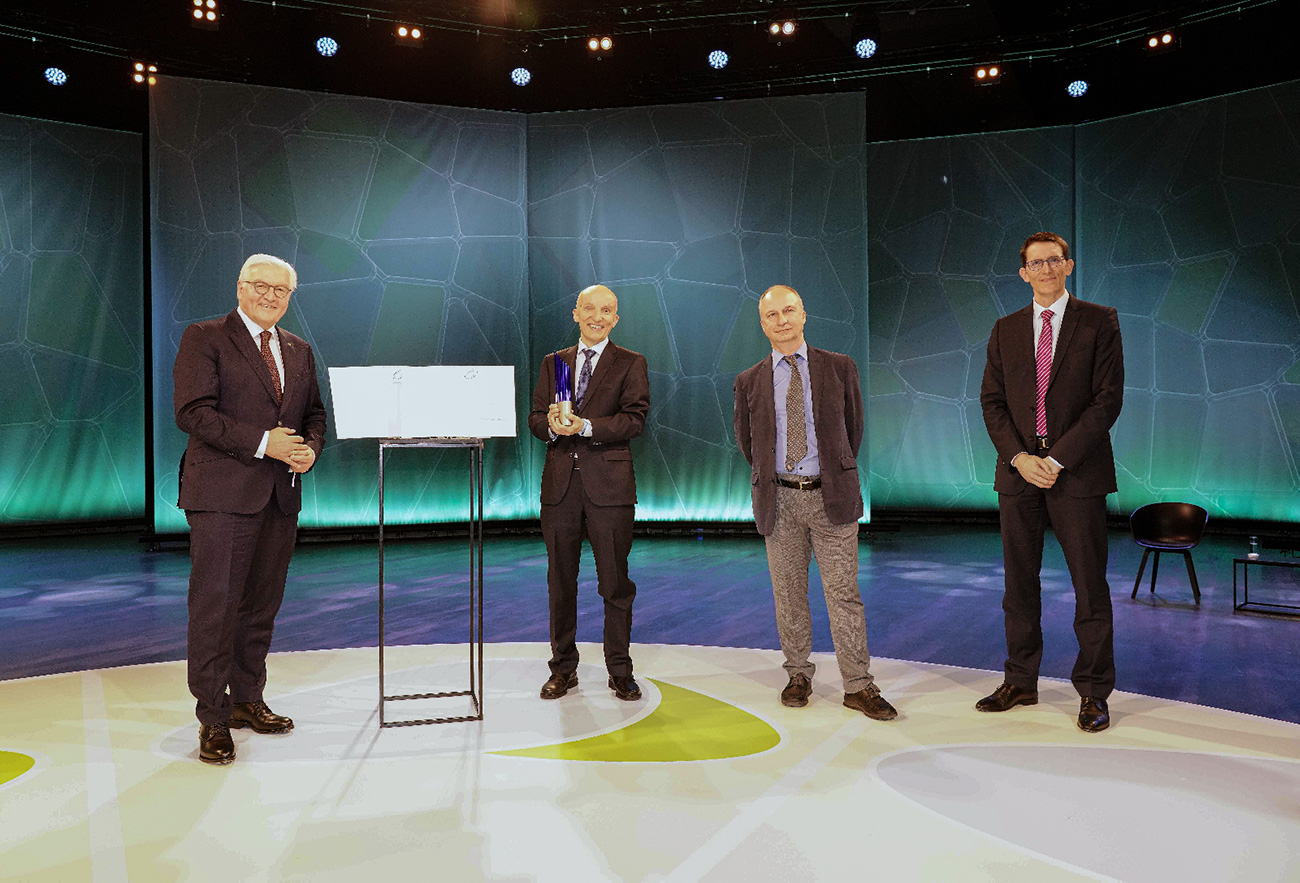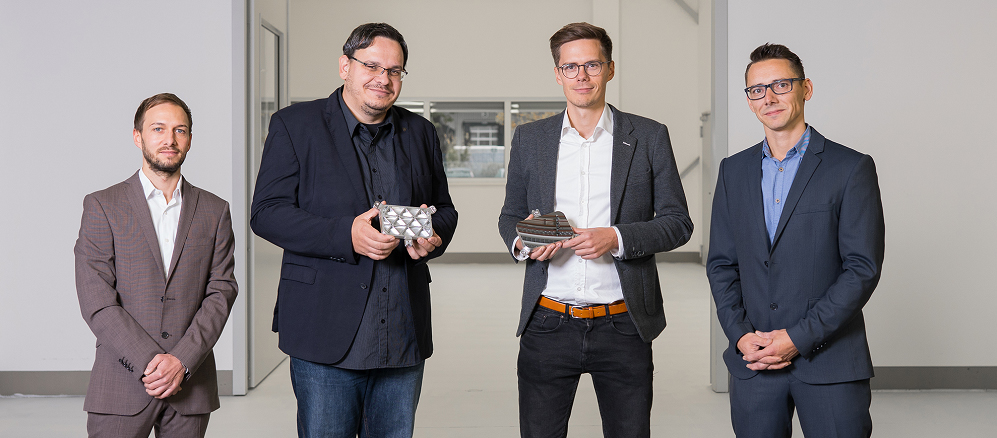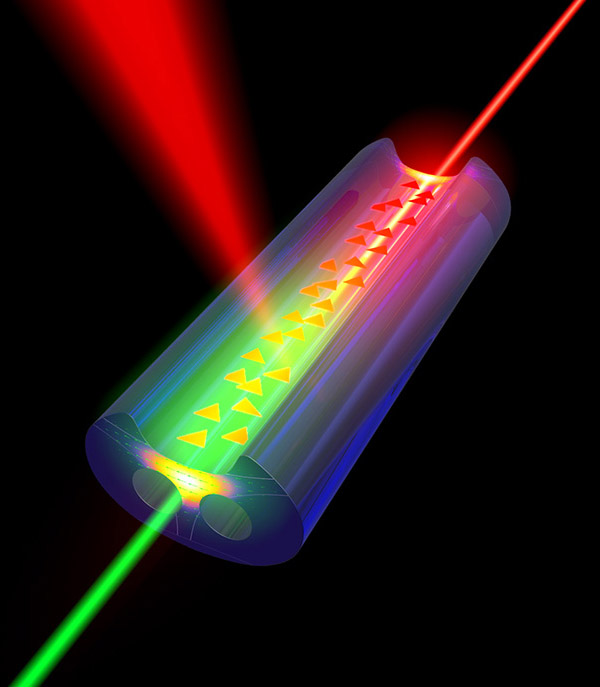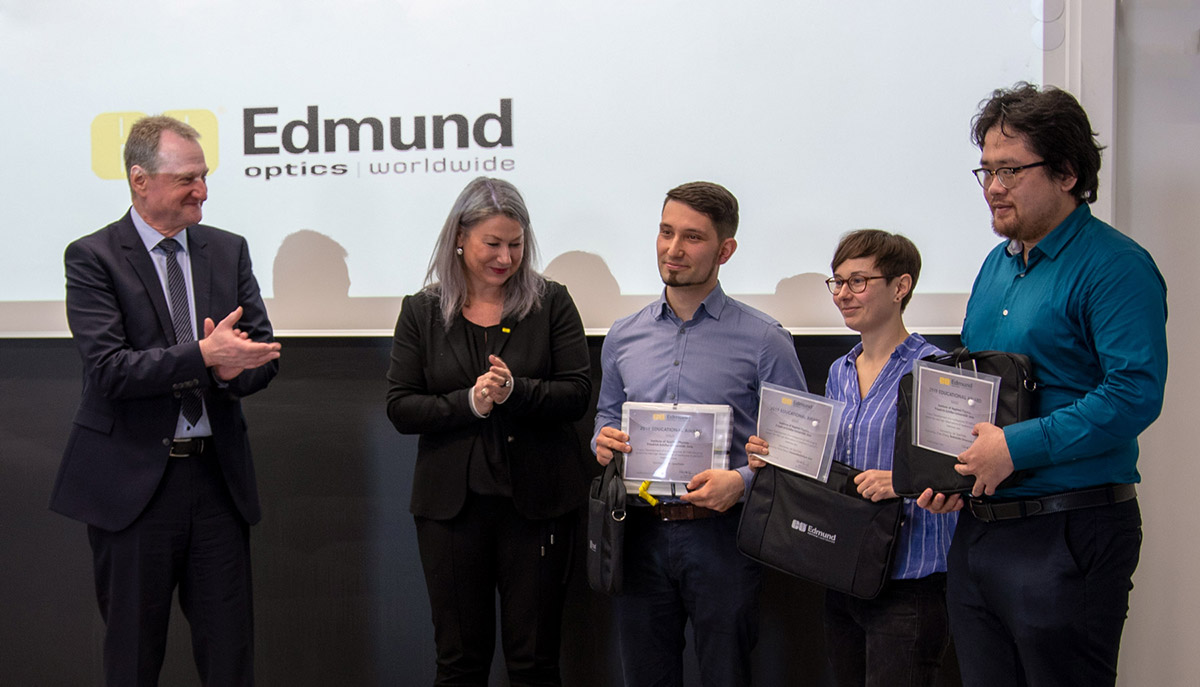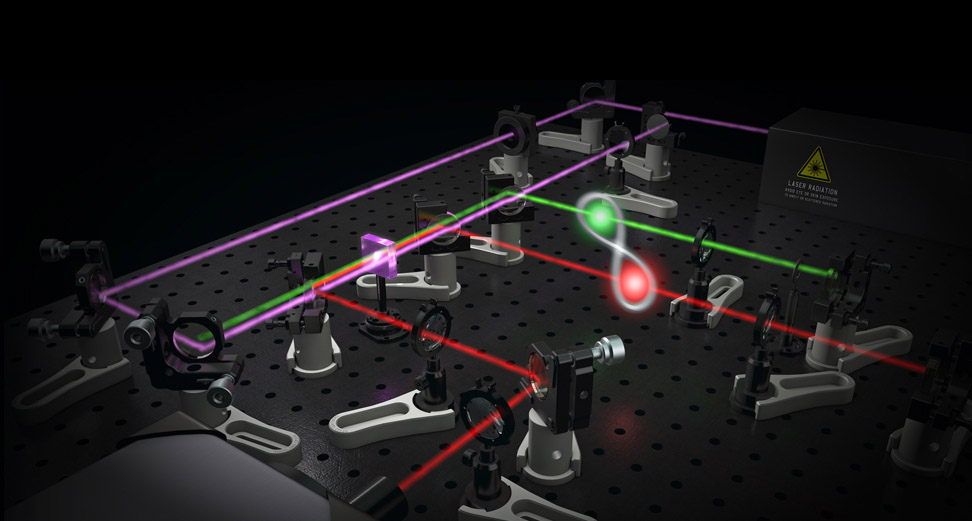Successful placement of the Center of Excellence in Photonics in the evaluation by the Fraunhofer Gesellschaft
Jena / June 18, 2025
In the annual evaluation of the Fraunhofer Centers of Excellence, the Center of Excellence in Photonics, located in Jena, once again achieved an excellent third place among the 20 centers of the Fraunhofer Gesellschaft. The evaluation was based on three main criteria: (1) quality and success of the measures implemented in 2024, (2) the transfer highlight in 2024, and (3) the roadmap and action plan for 2025.
The review committee rated all three areas as very good for the Center of Exellence in Photonics and highlighted the following aspects in particular:
- exemplary integration and cooperation of the performance center's partners through coordinated R&D activities, cross-institutional research groups and projects, and successful personnel development and knowledge transfer,
- successful acquisition of the “de:hub Photonics & Digital Experience Platform” as a nationwide networked start-up platform and the resulting national and international visibility,
- transfer highlight 2024: Award of the “DPG Technology Transfer Prize 2025” to Quantum Optics Jena, the Digital Innovation Hub Photonics and the Fraunhofer IOF for the successful development of a future technology and its transfer to a successful start-up, and
- ambitious goal of establishing the Center Jena as the “National Contact Point for Photonics.”
- This outstanding result is an important recognition of the great commitment of the partners and the success of the measures, the effectiveness of the cooperation projects funded by the Free State of Thuringia, and an important step for the Center of Excellence in Photonics toward becoming a national transfer structure for photonics.
The Fraunhofer Gesellschafts Centers of Excellence organize close cooperation between university and non-university research and industry. Universities, colleges, Fraunhofer Institutes, non-university research institutions, and companies work together on a regional and topic-specific basis to quickly translate ideas and innovations into successful applications. The centers stand for unique, usable infrastructure, cross-institutional cooperation and training concepts, and excellent know-how.
